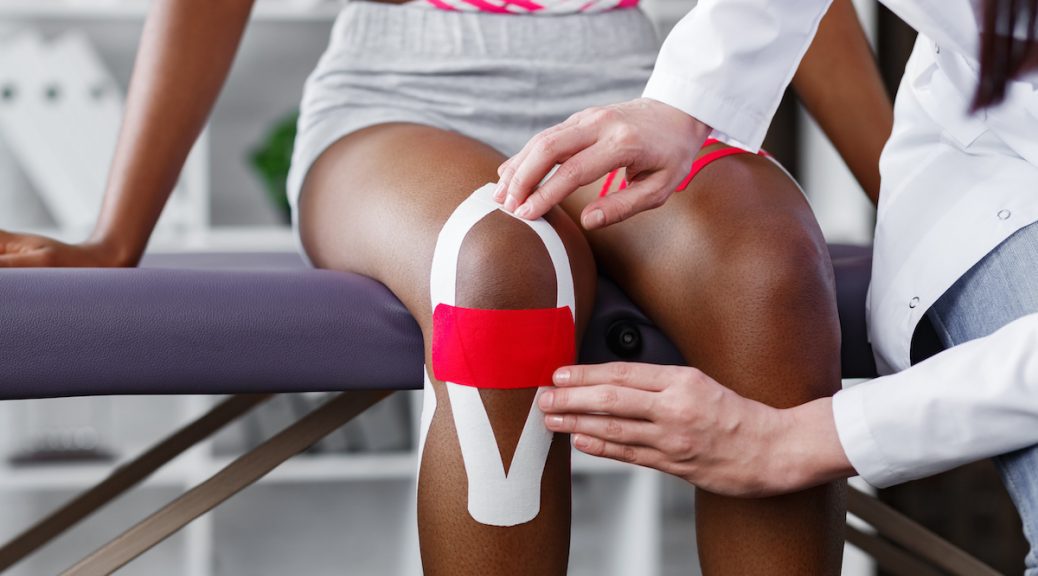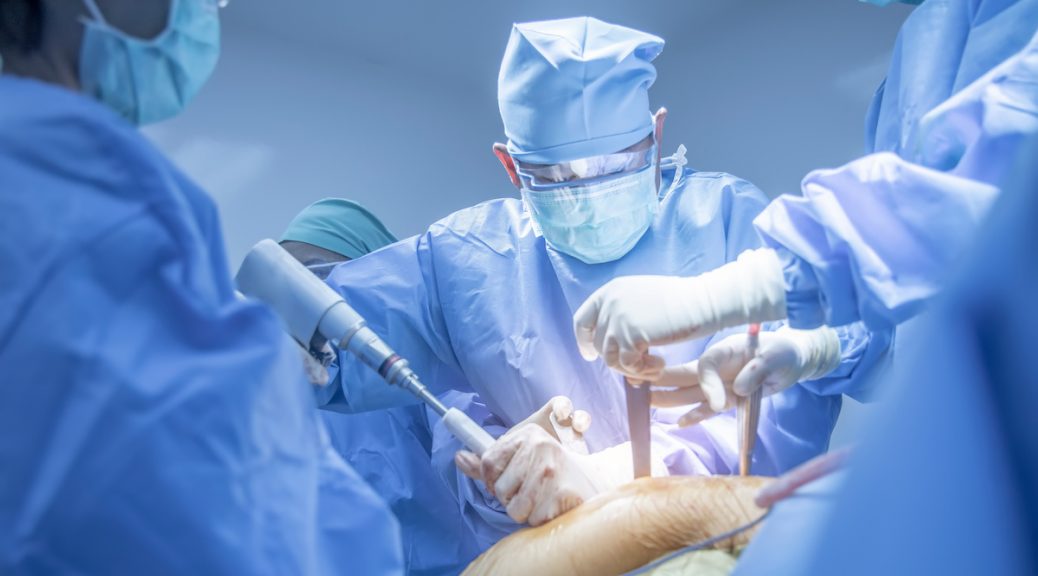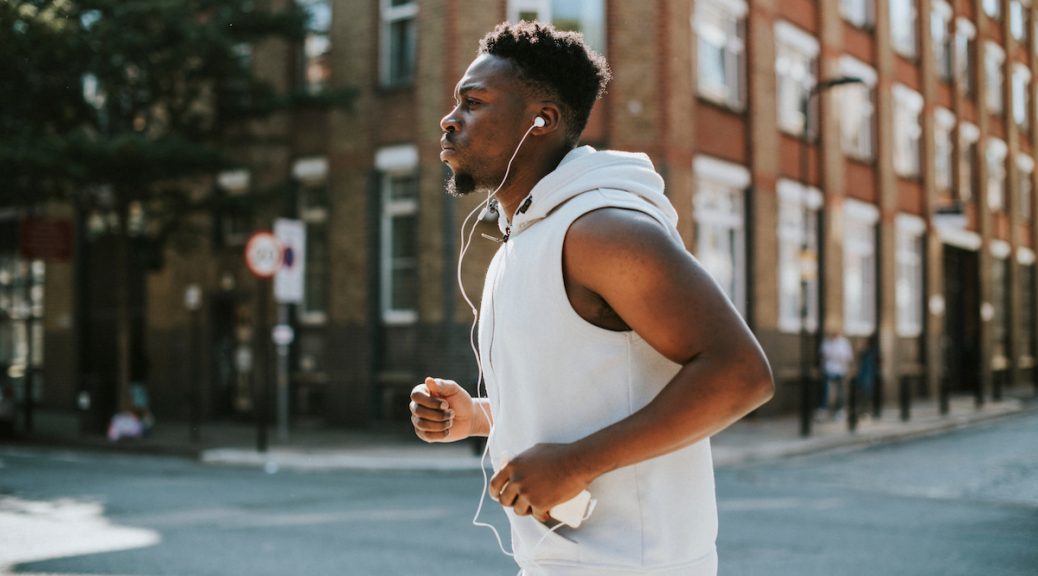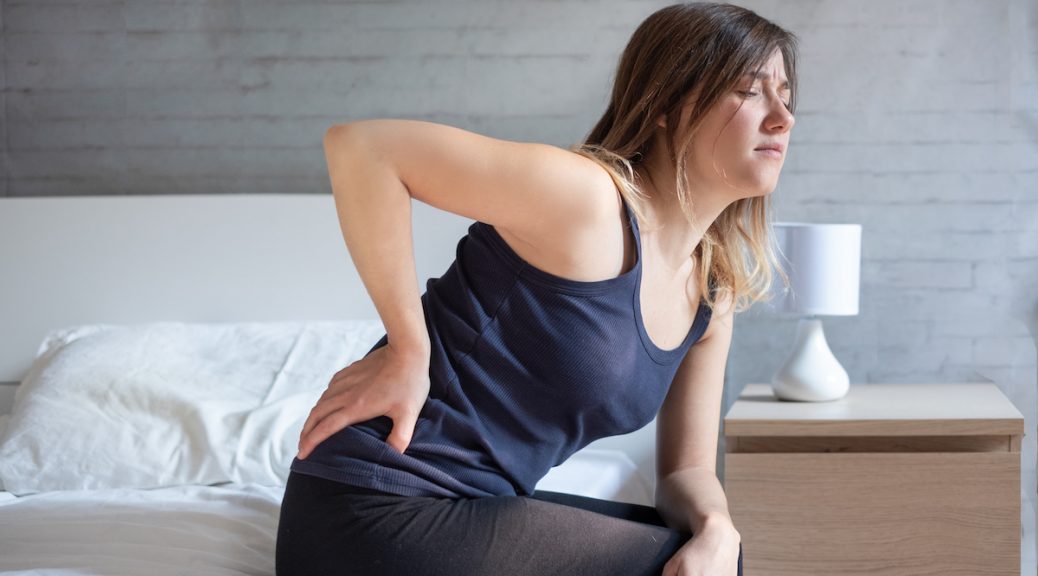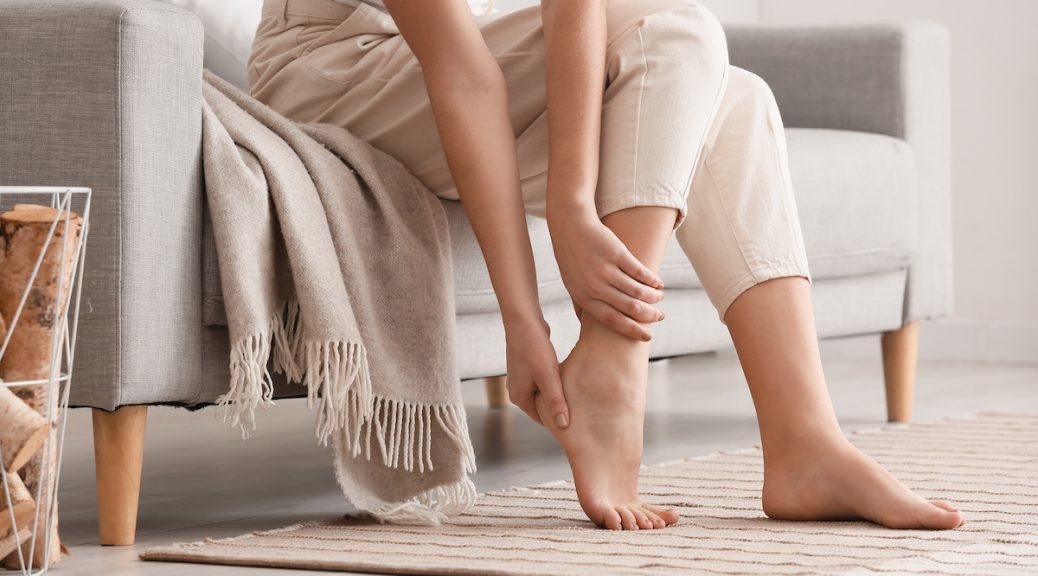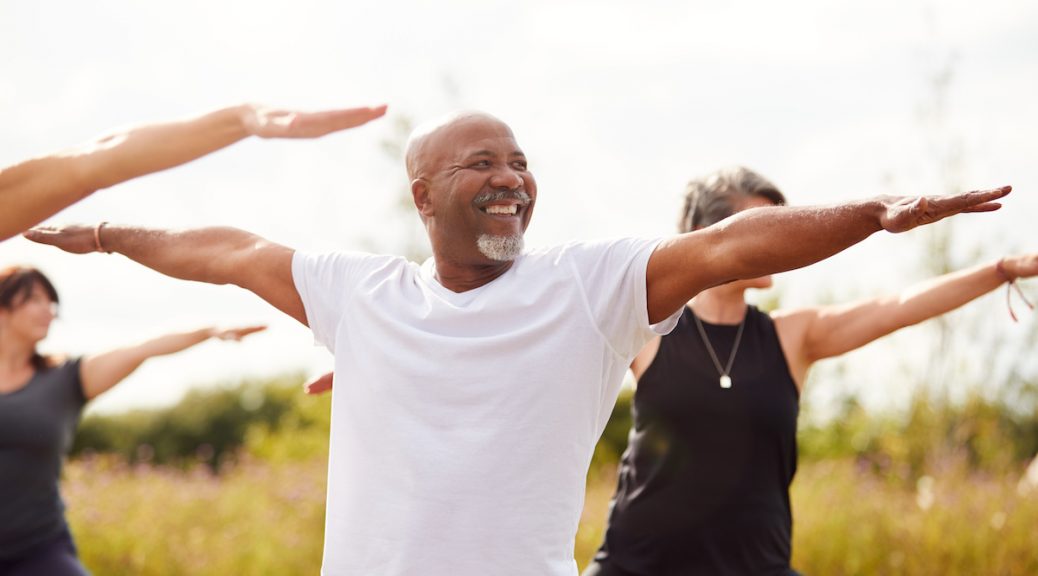When we think about orthopedic health, our minds typically go to movement and exercise. However, proper nutrition plays just as significant a role as everything else. If your diet is not meeting your body’s nutritional needs, it will wreak havoc on your energy levels. When your internal health is not at its peak, there is no surprise that your external health is not 100% either.
At Paris Orthopedics, we help you optimize your orthopedic health. However, a large part of that is ensuring that your proper nutrition is also where it needs to be.
Proper Nutrition And Your Orthopedic Health
Calcium for Strong Bones
Calcium is fundamental for building and maintaining strong bones. Adequate calcium intake helps prevent osteoporosis, a condition characterized by weakened bones and an increased risk of fractures. Good sources of calcium include dairy products (milk, yogurt, cheese), leafy green vegetables (kale, broccoli), and fortified plant-based milk alternatives. Aim for 1000-1300 mg of calcium daily, depending on age and gender.
Vitamin D for Calcium Absorption
Vitamin D works in conjunction with calcium to promote bone health. It facilitates calcium absorption from the digestive tract into the bloodstream, ensuring its availability for bone formation. Natural sources of vitamin D include sunlight exposure, fatty fish (salmon, mackerel), egg yolks, and fortified dairy products. In cases where vitamin D deficiency is present, supplements may be recommended.
Protein for Muscle Health
Protein is essential for the growth, repair, and maintenance of muscles and connective tissues. It provides the building blocks necessary for producing collagen, a protein that forms the structural framework of tendons, ligaments, and cartilage. Include lean protein sources such as poultry, fish, lean meats, legumes, nuts, and seeds. Aim for a balanced protein intake throughout the day to support muscle health.
Omega-3 Fatty Acids for Inflammation
Omega-3 fatty acids have anti-inflammatory properties that can benefit orthopedic health, especially for conditions like arthritis. These healthy fats help reduce joint inflammation and alleviate pain and stiffness. Good sources of omega-3 fatty acids include fatty fish (salmon, sardines), flaxseeds, chia seeds, walnuts, and soybeans. If it is challenging to incorporate these foods into your diet, consider omega-3 supplements after consulting with a healthcare professional.
Antioxidants for Joint Health
Antioxidants are crucial in protecting joint health by reducing oxidative stress and inflammation. Colorful fruits and vegetables, mainly those rich in vitamins C and E, are excellent sources of antioxidants. Include berries, citrus fruits, tomatoes, leafy greens, and bell peppers in your diet. Additionally, spices like turmeric and ginger have anti-inflammatory properties and can benefit joint health.
Micronutrients for Connective Tissues
Several micronutrients contribute to the health of connective tissues, including tendons, ligaments, and cartilage. Vitamin C is essential for collagen synthesis, while zinc and manganese support collagen production and help maintain connective tissue integrity. Citrus fruits, strawberries, bell peppers, whole grains, nuts, seeds, and seafood are good dietary sources of these micronutrients.
Hydration for Joint Lubrication
Adequate hydration is vital for maintaining healthy joints. Water helps lubricate the joints, allowing for smooth movement and reducing friction. It also aids in the transport of nutrients and the removal of waste products from the joints. Consistently drink sufficient water throughout the day, and consider consuming hydrating foods such as watermelon, cucumbers, and leafy greens.
Whether you are looking for new recipes to keep on the health track or haven’t quite discovered proper nutrition, we are here to help. Don’t let your orthopedic health suffer at the hands of your diet. Are you interested in learning more about how other health factors affect your orthopedic health? Our team is equipped to supply you with information and resources that give you a bigger picture. Check out our website or give us a call at (903) 737-0000 for more information.


